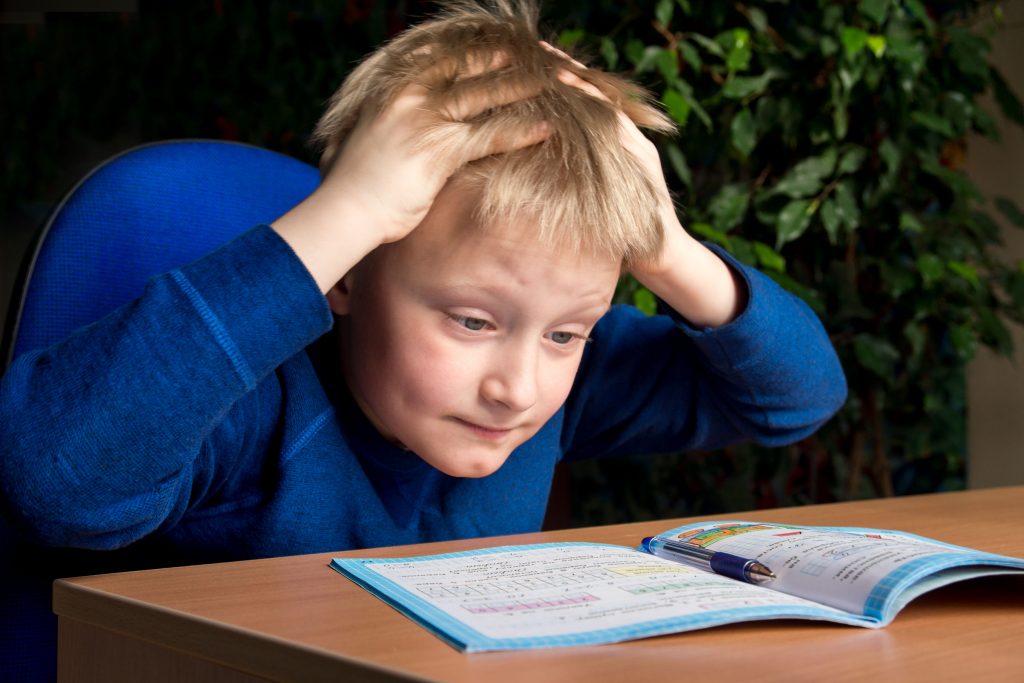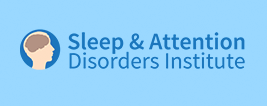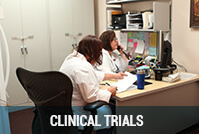Trigeminal Nerve Stimulation for Attention Deficit (ADHD)

The FDA has recently approved a device that provides trigeminal nerve stimulation (TNS) for Attention Deficit (ADHD) in 7-12 year old children. The ophthalmic branch of the trigeminal nerve run in the forehead above the eyebrow. It is responsible for sensations (such as touch and pain) from the forehead. An electrode is placed above the eyebrow on the forehead. A device sends electrical impulse all night during sleep. There must be no cell phone near the patient.
The approval was based on a study comparing children getting stimulation with children getting sham stimulation (an electrode was applied but the device did not send an electrical impulse). Although detailed results are not yet public knowledge, children who got the actual electrical impulse apparently had greater improvement in inattention and hyperactivity symptoms.
This may be an exciting new method of treatment. The problem is that there were no trials comparing TNS to the best current treatments – medicines for attention deficit. FDA approved medicines include the stimulants (methylphenidate and amphetamines), non-stimulants (atomoxetine, guanfacine, clonidine), and medicines used off-label (such as bupropion and imipramine or desipramine). In addition, the patient can probably feel the electrical stimulation. Therefore, it may be easy for a patient to tell that sham treatment is being used. This is a problem in comparing TNS with sham treatment, as the patient may be able to tell whether he or she is on TNS or sham treatment.
Further, we know that medicines have to be continued long-term for treatment of attention deficit. Probably TNS will also have to be used long-term for any benefit. We do not know if there are problems associated with long-term TNS. We also do not know if it will continue to cause improvement in the long-term. TNS may or may not turn out to be a useful treatment in the long-term.
Best option for now
In the meantime, the best option remains a comprehensive diagnosis, followed by treatment with medicines. The FDA has previously approved the use of EEG (theta: beta-1 ratio) for confirming the diagnosis of attention deficit (ADHD) in children. We perform a comprehensive evaluation, including EEG to confirm the diagnosis, and cognitive evoked potentials which help guide us on what medicine may be most effective for a given patient. We then treat with medicines, aiming for at least a 50-60% improvement in inattention and hyperactivity symptoms (which returns the symptom scales to normal).









